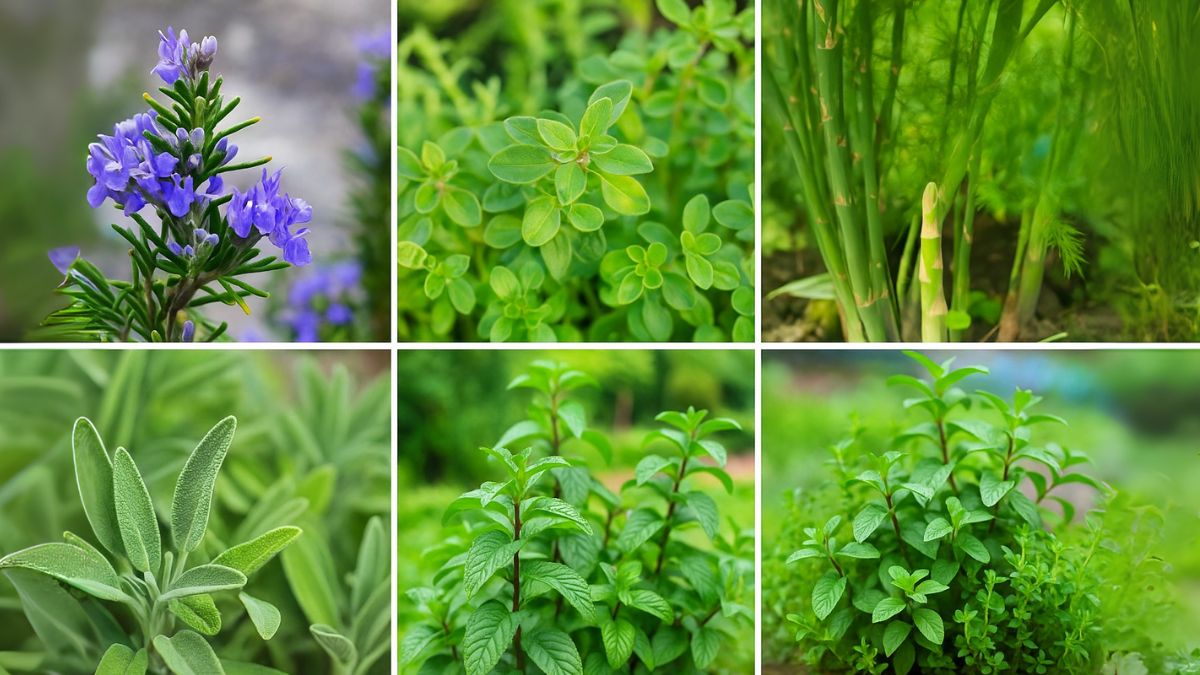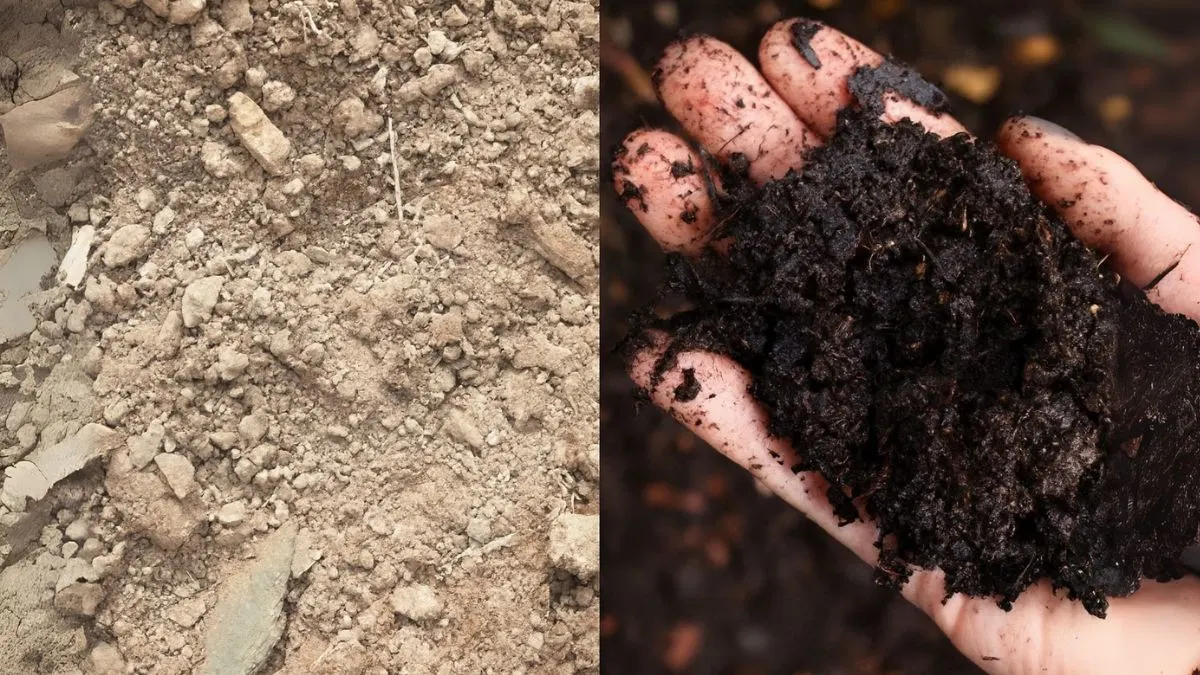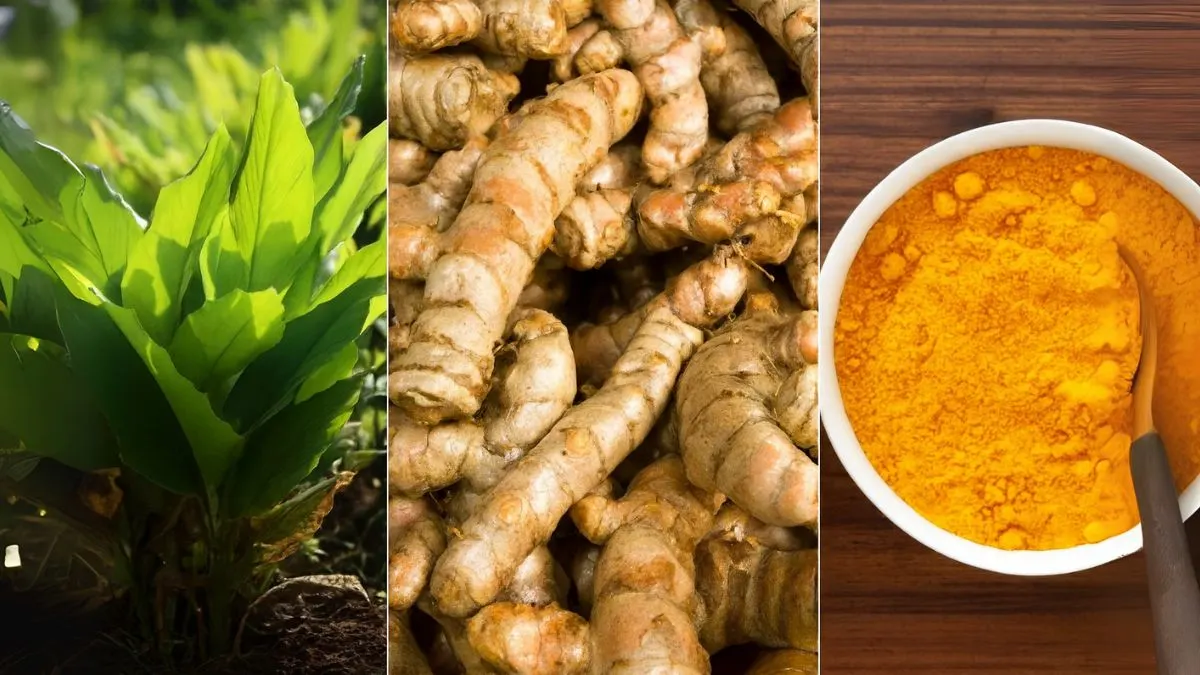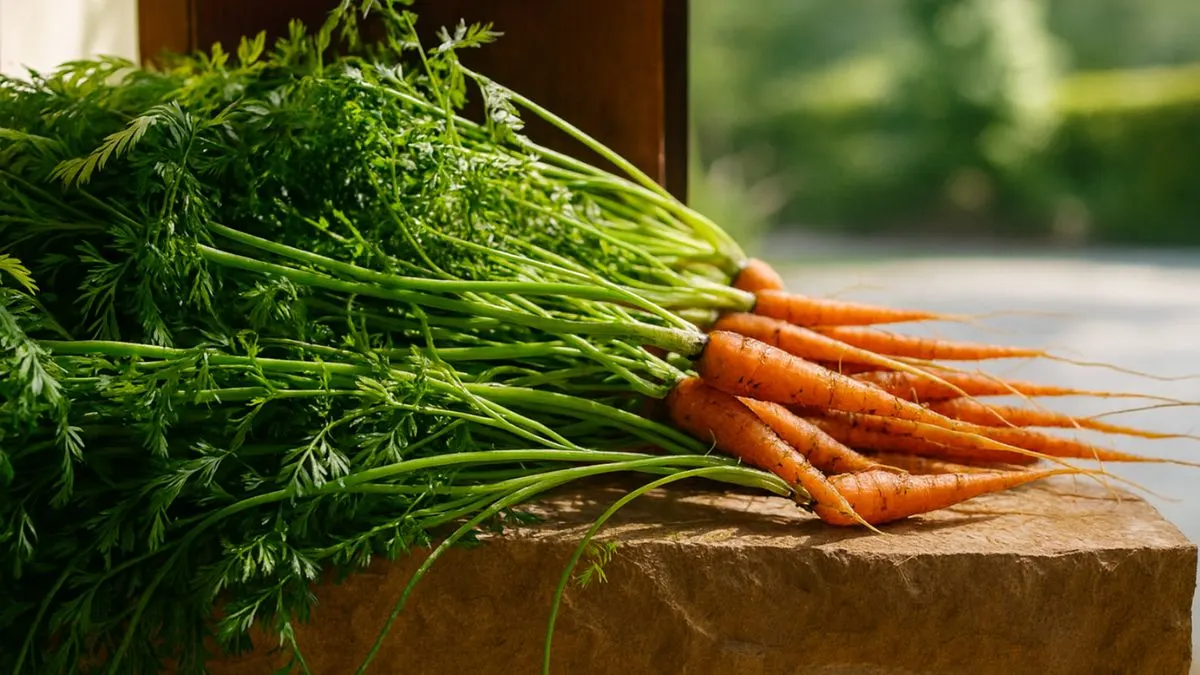Most herbs are annuals — they live, grow, and die in a single season. But perennial herbs? They’re the gift that keeps on giving. Once established, you simply plant once and harvest for years without the need to re-sow seeds each spring.
This not only saves time and money but also ensures a consistent supply of fresh herbs for your kitchen throughout the year. Whether you’re a backyard gardener in Ontario, a balcony grower in New York, or a homesteader in rural Alberta, perennial herbs fit beautifully into any space.
1. Rosemary – The Evergreen Flavour Powerhouse
Rosemary is more than just a cooking herb; it’s a fragrant, evergreen shrub that thrives in warm climates but can be grown in pots indoors during Canadian and northern U.S. winters.
- Flavour Profile: Strong, pine-like aroma; ideal for roasted meats, breads, and infused oils.
- Growing Tip: Needs full sun and well-draining soil. In colder climates, bring pots inside before frost.
Personal note: I planted a single rosemary bush five years ago, and it’s now taller than my knee — providing enough sprigs for every roast chicken and holiday stuffing I make.
2. Thyme – Small Leaves, Big Impact
Don’t let its size fool you — thyme packs a punch. It’s hardy, drought-resistant, and looks beautiful spilling over garden borders.
- Flavor Profile: Earthy, slightly minty, with hints of lemon depending on the variety.
- Growing Tip: Prefers full sun and doesn’t mind dry conditions, making it perfect for low-maintenance gardens.
In my own herb bed, thyme has survived both scorching summers and snowy winters — always bouncing back in spring.
3. Oregano – The Pizza Lover’s Herb
If you’ve ever savored a slice of authentic Italian pizza, you’ve tasted oregano at its best. This perennial thrives in sunny, slightly dry spots.
- Flavor Profile: Bold, peppery, and slightly bitter.
- Growing Tip: Cut it back regularly to encourage bushier growth and more flavorful leaves.
For anyone who loves Mediterranean cooking, a patch of oregano is non-negotiable.

4. Sage – The Culinary & Medicinal Gem
Sage is as beautiful as it is useful. Its soft, velvety leaves make it a standout in any garden, and it has been valued for centuries for both flavor and health benefits.
- Flavor Profile: Earthy, slightly peppery, and robust.
- Growing Tip: Needs plenty of sun and benefits from pruning after flowering.
I often fry sage leaves in butter for a crispy garnish — a simple trick that turns pasta or risotto into something special.
Also Read: Miniature Gardens from Trash to Treasure
5. Mint – The Garden’s Fresh Breath
Few herbs are as refreshing — or as easy to grow — as mint. But beware: it spreads aggressively, so it’s best kept in pots or designated areas.
- Flavor Profile: Cool, sweet, and aromatic.
- Growing Tip: Plant in partial shade for tender, flavorful leaves.
From iced tea to mojitos, mint keeps my summer drinks menu endless and exciting.
6. Asparagus – The Perennial Vegetable Surprise
While not an herb, asparagus is a great perennial to plant once and enjoy for many years. This elegant vegetable takes a couple of years to establish, but once it does, it can produce fresh spears every spring for up to two decades.
- Flavor Profile: Mild, grassy, and slightly sweet.
- Growing Tip: Plant crowns in well-draining soil with plenty of compost; harvest only after the second year for stronger plants.
My neighbor planted an asparagus bed a decade ago, and every spring it still produces enough to feed her family — and share with the rest of us.
Also Read: Indoor Plants That Are Nature’s Best Air Purifiers
Perennial Herb Growing Needs
| Herb/Vegetable | Sun Requirement | Water Needs | Lifespan After Planting |
| Rosemary | Full sun | Low | 5–10 years |
| Thyme | Full sun | Low | 3–5 years |
| Oregano | Full sun | Moderate | 3–5 years |
| Sage | Full sun | Moderate | 3–5 years |
| Mint | Partial shade | Moderate | 3–10 years |
| Asparagus | Full sun | Moderate | 15–20 years |
How to Get the Most Out of Perennial Herbs
- Prune Regularly: Encourages new growth and prevents woody stems.
- Harvest Smart: Never take more than one-third of the plant at once.
- Feed Annually: Compost or organic fertilizer in early spring keeps plants vigorous.
- Mulch: Helps retain moisture and suppress weeds.
If you want a garden that works for you instead of the other way around, these herbs and vegetables are the answer. By choosing rosemary, thyme, oregano, sage, mint, and remembering that asparagus is a great perennial to plant once and enjoy for many years, you’ll save time, money, and effort — while reaping flavor-packed rewards season after season.
So go ahead — plant once, and let your garden give back forever.
Click here to read more such blogs on the Toronto Garden Book!



